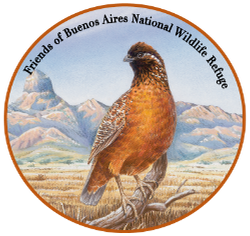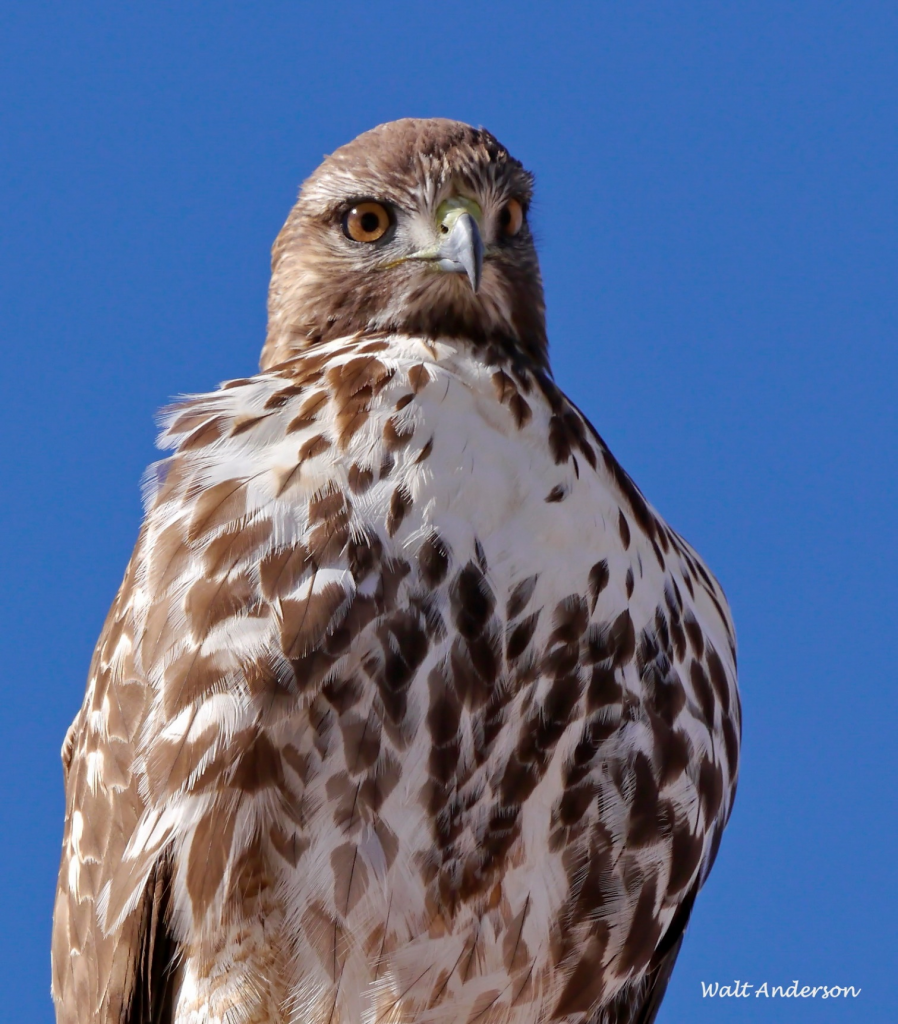
December 2021. Redtails
by Walt Anderson
Happy December! It’s a perfect time to get outside and watch for one of our most common and human-tolerant raptors, the magnificent Red-tailed Hawk.
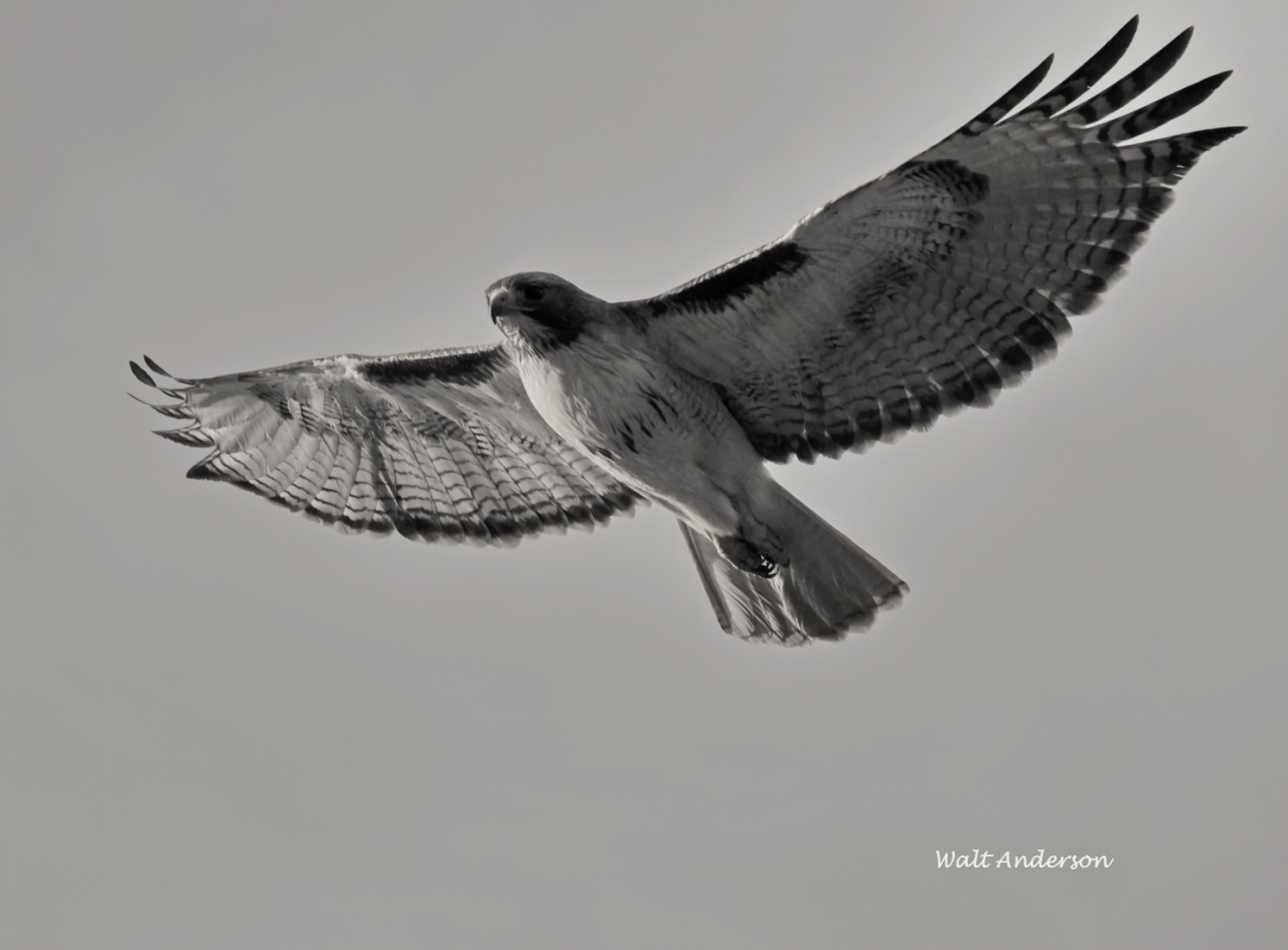
A black-and-white photo clearly shows the most important field marks of a typical Red-tailed Hawk without the need to see a reddish tail. The inner leading edge of the wing (patagial band) tends to be dark, the chest is light with a streaky belly band below, and the trailing edge of the wing is dark.
However, Redtails can vary tremendously, with up to 16 races and different color morphs in a given race, and immature birds have a brownish-and-white banded tail. Get some experience with the species, and you can learn to appreciate that level of variation.
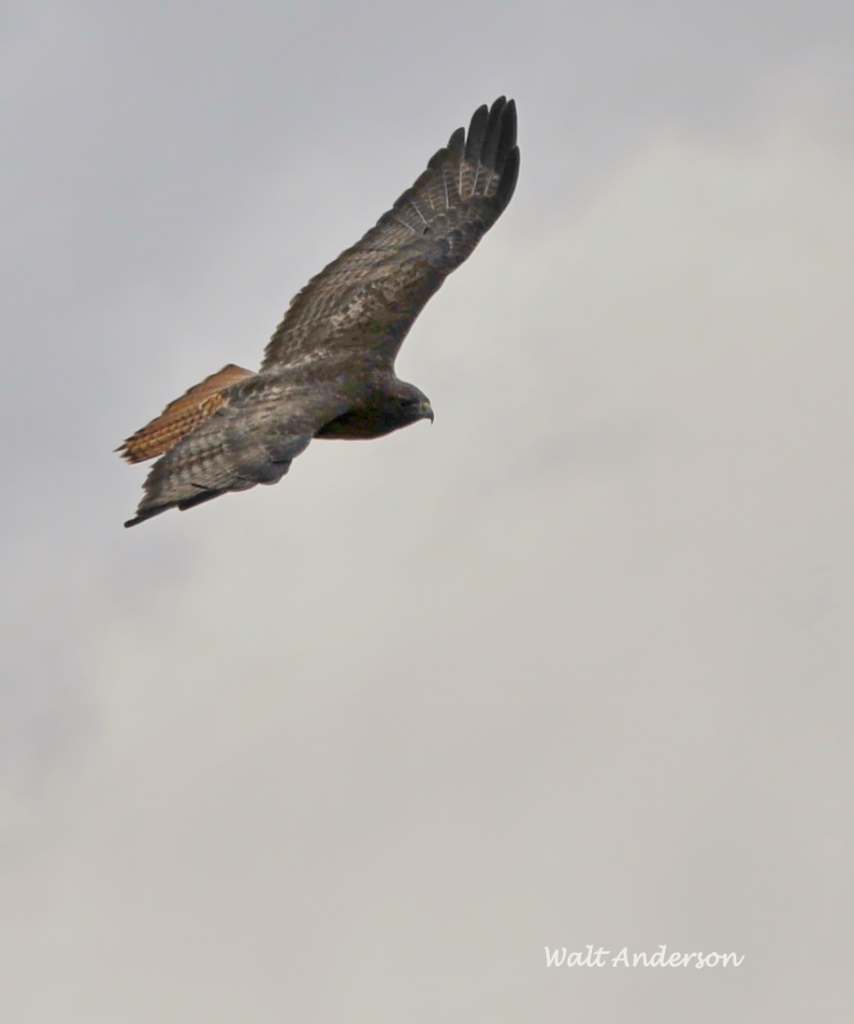
Here is a dark morph adult Redtail. The rusty tail is a give-away, and the general shape is distinctive. Redtails have a dramatic scream, keee-arrr! You probably have heard it in movies where an eagle is shown; instead of the weak chirping sounds of eagles, Hollywood usually uses the fierce scream of a Redtail. Why don’t they hire a good naturalist (we’re cheap!) to verify bird sounds in movie sound tracks? It drives me crazy to see a Western flick and hear loons yodeling in the arid canyon or an urban scene in Europe with a Cactus Wren growling or an African safari movie with a Kookaburra laughing (as well they should!). Let’s get real, folks!
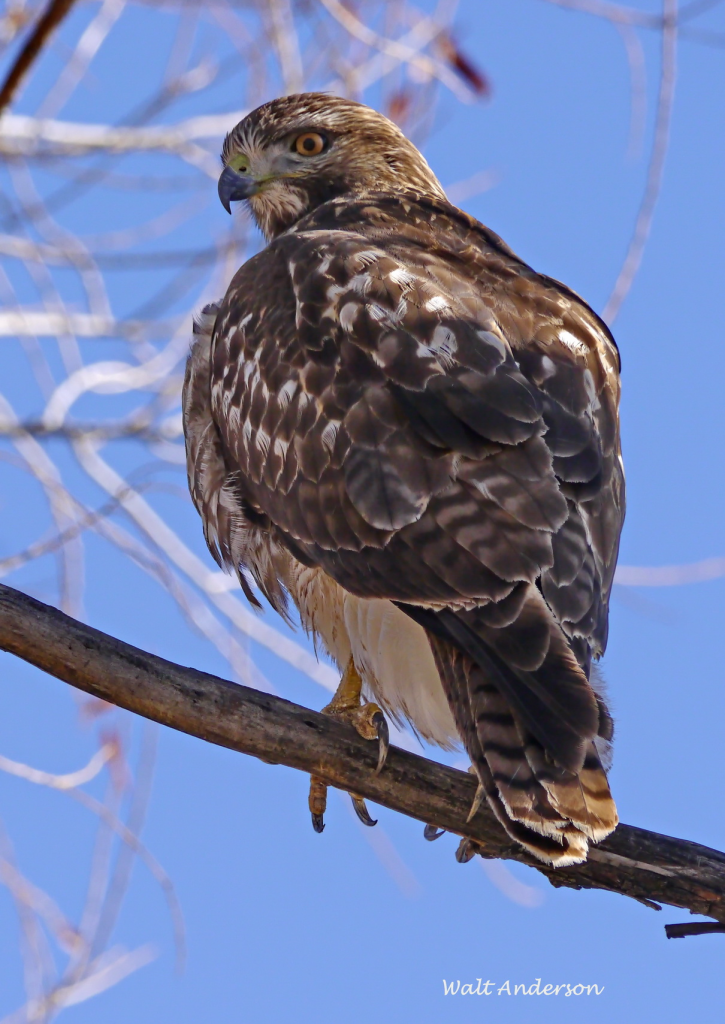
Immature Redtails have a banded tail without the rufous color of the adult. At this stage, they may be confused with immature hawks of other species, but the general shape of a small head on a bulky body (“cork on a bottle”) helps. They usually have mottled white spots dorsally too. Note the powerful raptorial feet. A talonted bird!

A light morph Redtail in flight. Redtails are one of the most widespread and easily seen birds in North America. There are resident populations in almost every habitat in the continental US, and migratory birds move up into Canada and Alaska to breed south of the tundra zone. Those northern breeders move south to winter with the residents, so in Arizona, we may see more Redtails in the winter than in the summer.
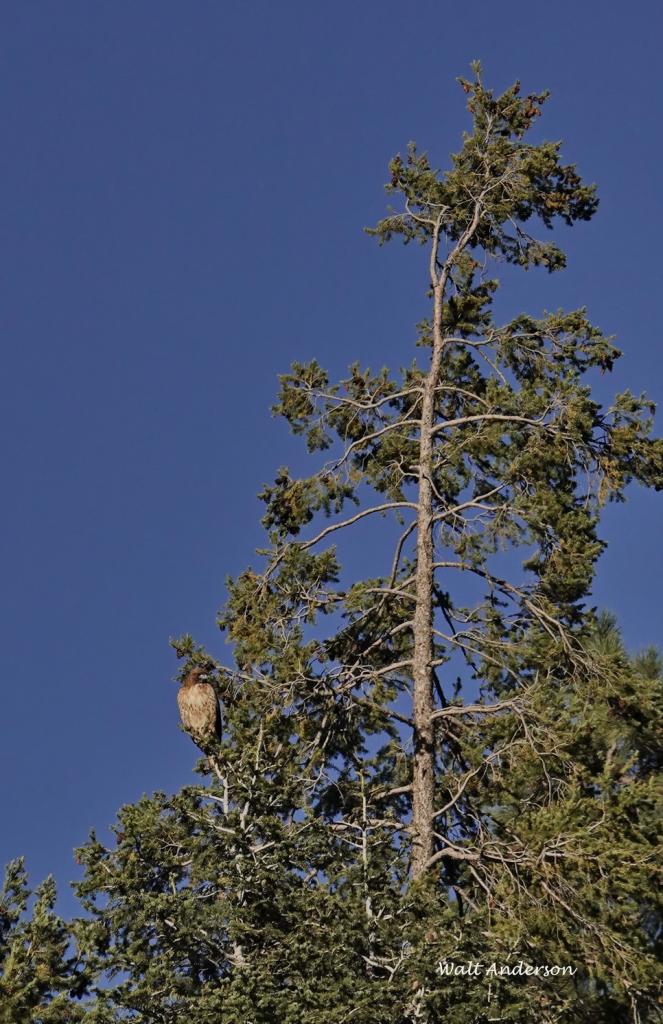
Redtails prefer open habitats with plenty of high perches, though they do fine in agricultural lands (as long as there are utility poles or fenceposts), treed urban sites (as in Tucson), Sonoran Desert lands with saguaros, pinyon-juniper woodlands, spruce taiga in the far north of the continent, tropical forests in Puerto Rico, and even mixed conifers like this bird in a Douglas-fir in the Bradshaw Mountains near Prescott. They are certainly the epitome of a highly adaptable, generalist raptor.
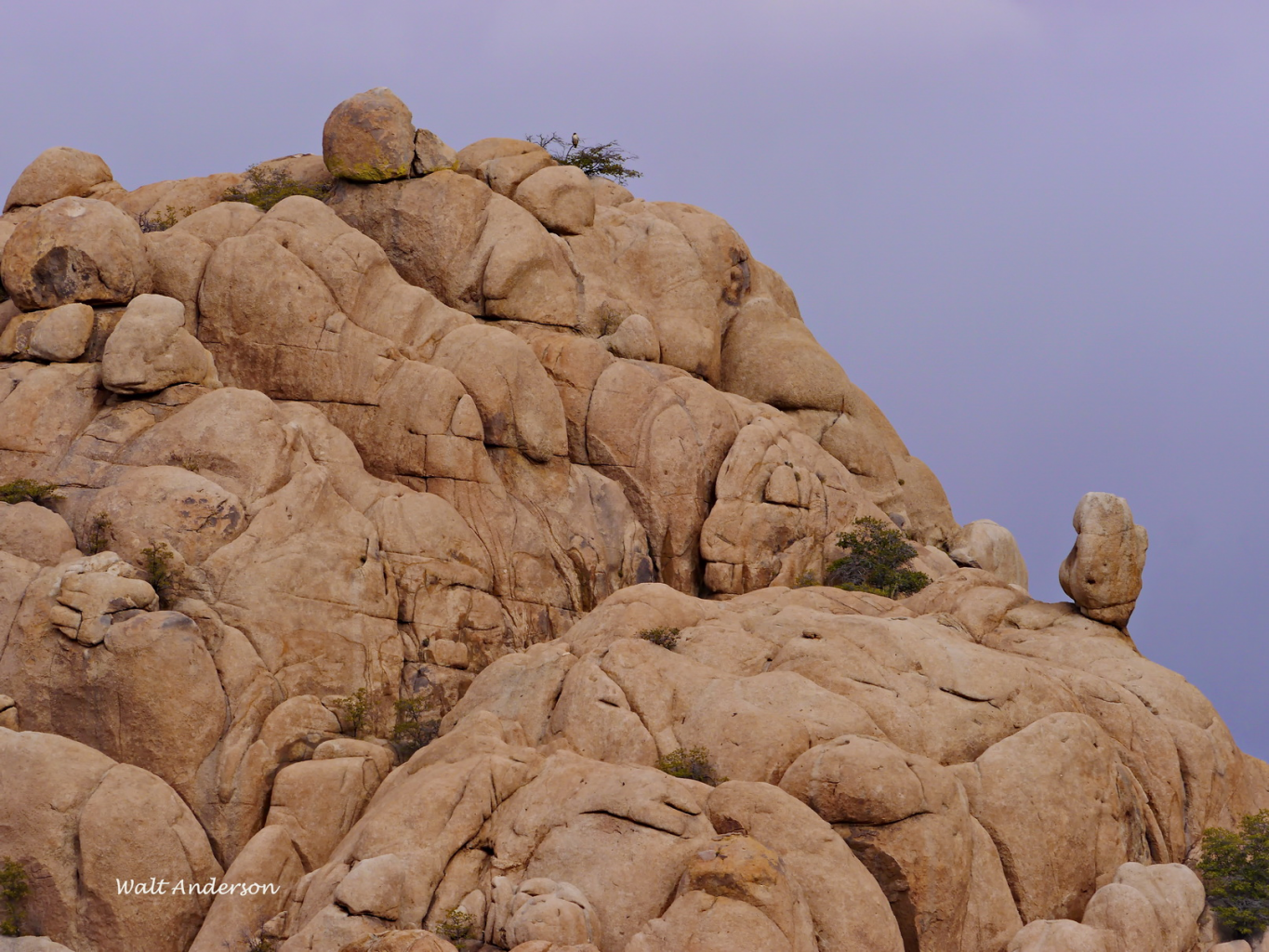
They seem to love rugged landscapes with a view, as here in the Granite Dells in Prescott. Their vision is about 8 times as acute as that of humans, so they can monitor the landscape for any signs of prey movement (prey tell!).
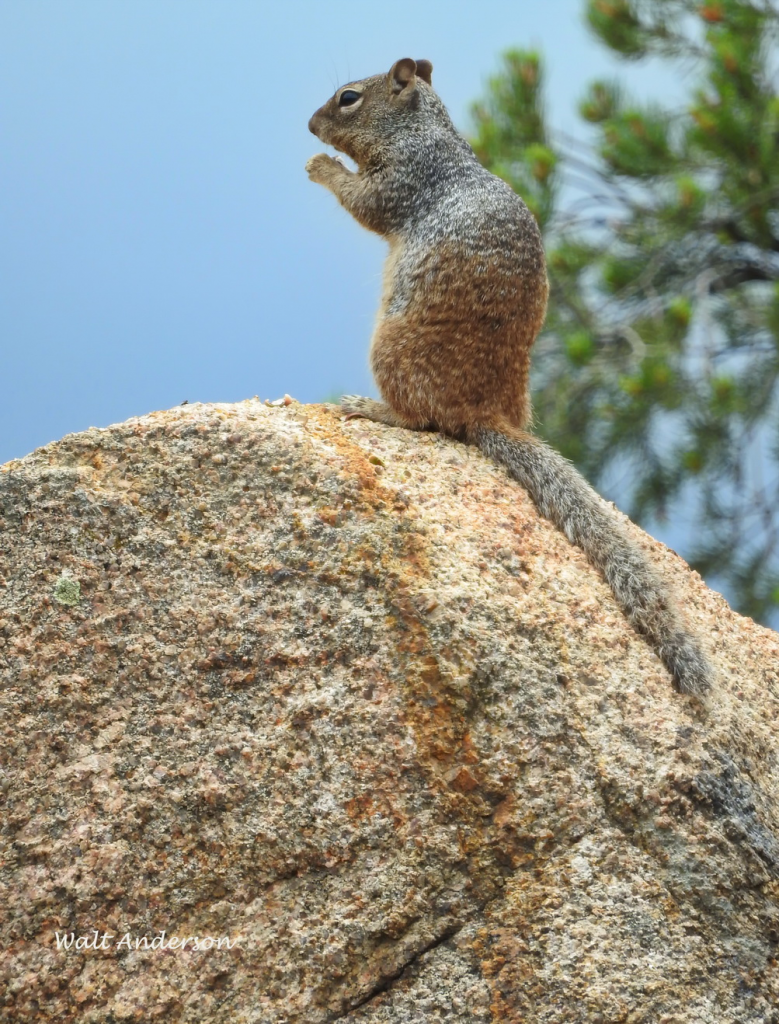
Rock Squirrels seem to like high perches too, though this can make them vulnerable to a hunting Redtail. In the Sutter Buttes of California, I once watched a Redtail cruise over several foraging ground squirrels, who gave alarm calls and popped into their burrows. Soon they came back out and stared in the direction the raptor had flown. Meanwhile, the redtail circled behind a ridge and attacked from behind, easily snatching one of the squirrels looking in the wrong direction. It’s hard to doubt that the hawk had this hunting strategy in mind, though humans don’t seem to want to give animals credit for forethought. Little by little, science is revealing just how smart non-humans really are.
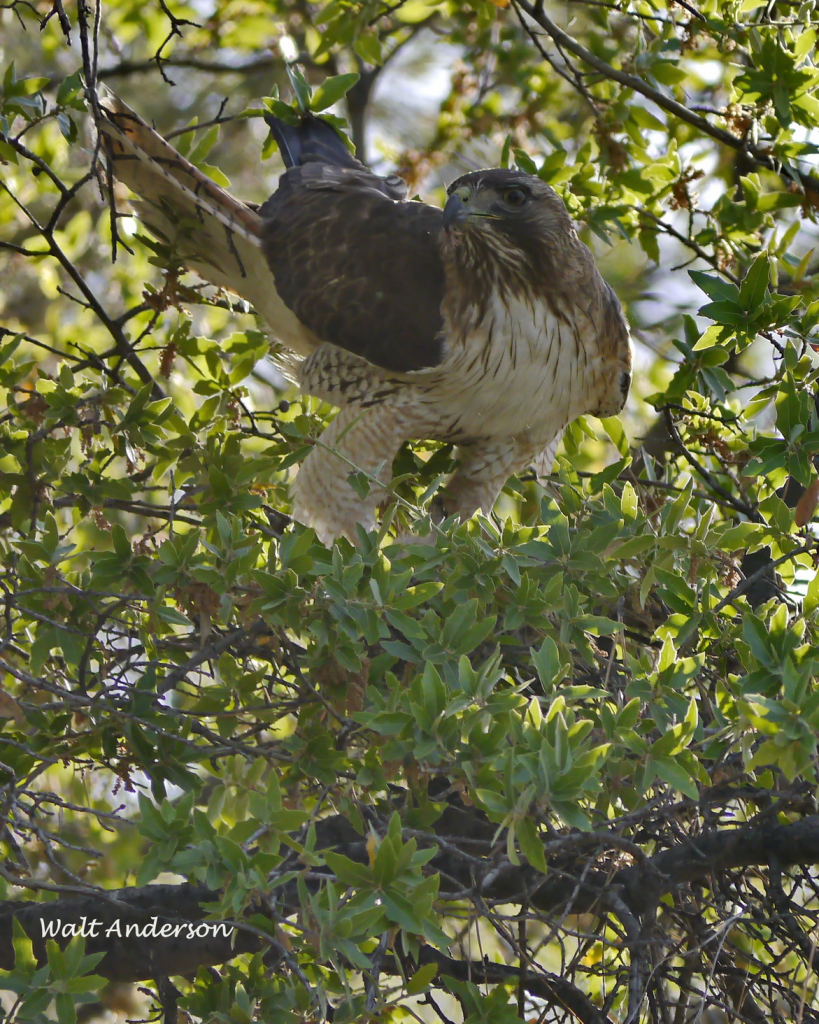
Redtails are generalist hunters, often taking rodents, rabbits, hares, mice, squirrels, birds such as quail or pheasants, lizards, and snakes, including gopher snakes and rattlers. They may swallow mice or gophers whole, but they usually take birds to a perch for plucking (feathers are not nutritious! Perhaps they tickle the throat?).

Redtails are in the genus Buteo, which in the Old World means they would be called “buzzards.” The Common Buzzard (Buteo buteo) of Europe and central Asia (with many wintering in Africa) is the Redtail equivalent in the Old World. In fact, if we were just a little smarter here in the New World, we would call our bird the Red-tailed Buzzard and stop using “buzzard” to refer to New World vultures (which aren’t equivalent to Old World vultures either!).
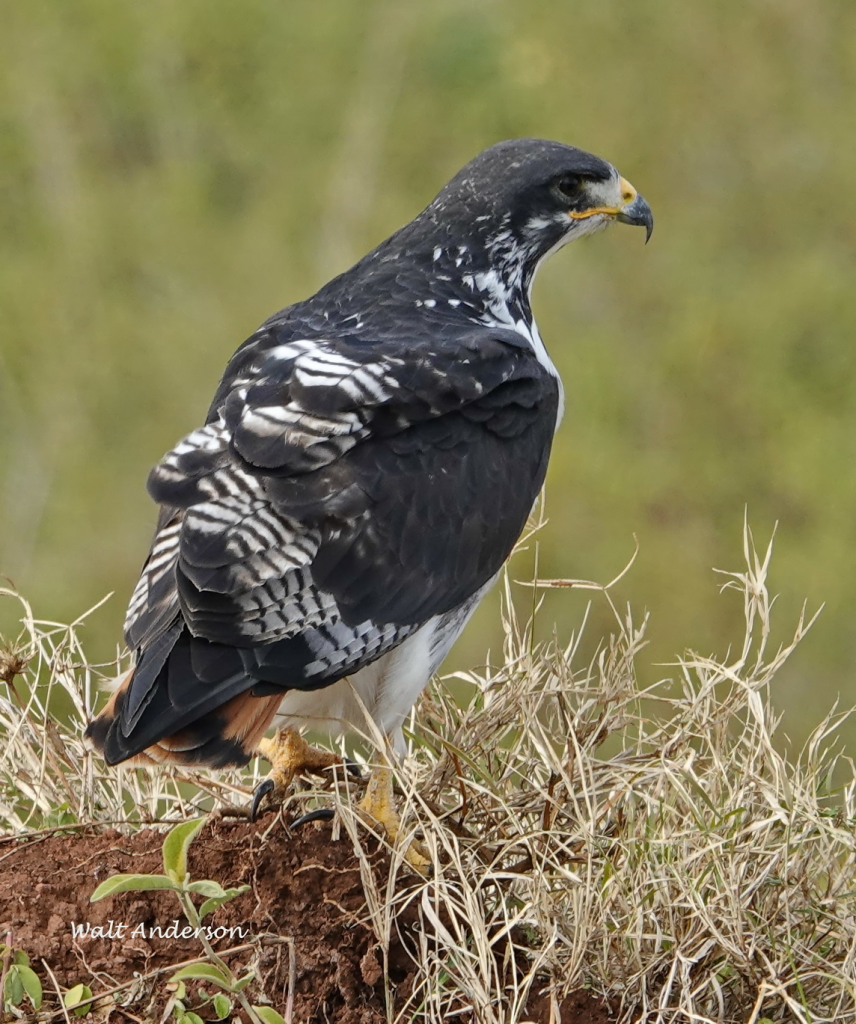
Here is the common resident buzzard of East Africa, the Augur Buzzard (it augurs well to see one). You can see that it is a bit more dramatically marked than our Redtail, but adults do have a red tail (albeit quite short).
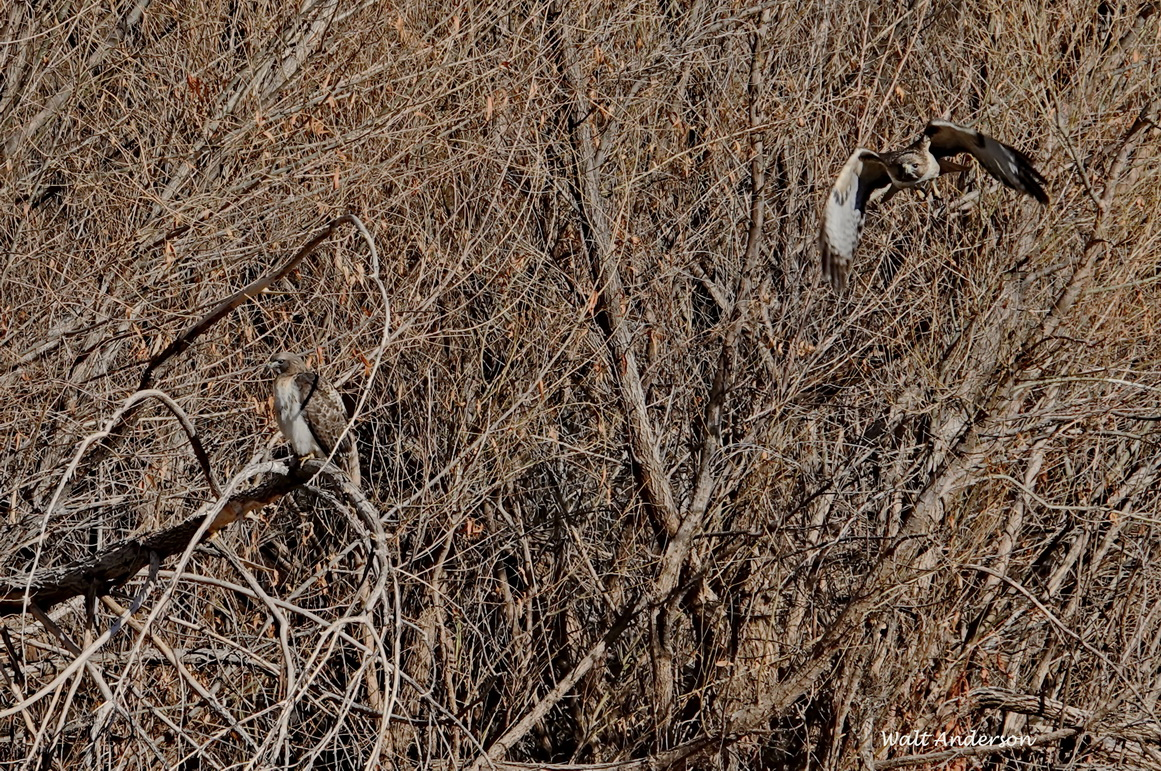
I personally think it augurs well to see our Redtails! It’s wonderful to find a large bird that remains common despite all the changes that humans have wrought on the landscape. It’s fun to see all the variation within the species and to know that they are doing their part to keep mice and pocket gophers in check. When I drive around Arizona, I watch power poles and fence posts for these birds, and I am delighted to find them in natural habitats like this dense willow thicket.
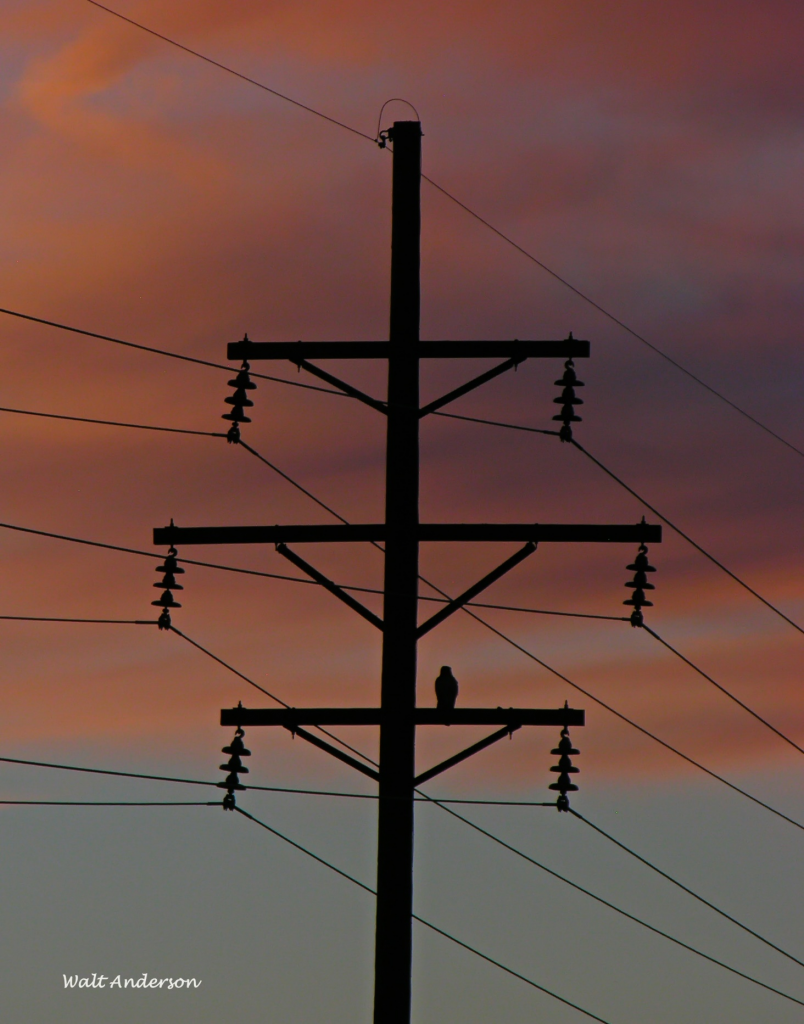
So I leave you with the challenge of watching for these powerful birds that you can find even in a human-dominated landscape. Pay attention, and celebrate life to the fullest!
